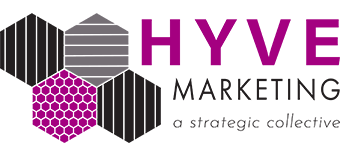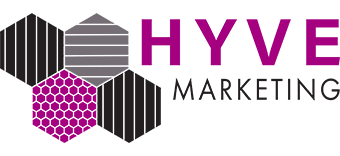Maintaining Brand Visibility In A Slow Economy
In times of economic uncertainty and slow growth, it’s natural for businesses to consider cost-cutting measures to protect their bottom line. However, one area that should not be overlooked or hastily trimmed is marketing spending. In fact, counterintuitive as it may seem, maintaining or even increasing your marketing efforts during a sluggish economy can be a strategic move that yields both short-term and long-term benefits. In this blog post, we’ll delve into the reasons why you shouldn’t reduce marketing spend during a slow economy and how it can lead to sustained growth and success.
When the economy experiences a downturn, many companies instinctively cut back on marketing to save money. However, this can inadvertently lead to reduced brand visibility and awareness, causing your business to fade into the background. By maintaining a consistent marketing presence, you keep your brand in front of potential customers, ensuring that when they’re ready to make a purchase, your business is top-of-mind.
Seizing Market Share
A slow economy often means that some competitors might scale back or even exit the market. This creates a valuable opportunity for your business to capture a larger share of the market. By maintaining or increasing your marketing efforts, you can position yourself as a strong and reliable choice for consumers seeking products or services in your industry. This not only helps you survive the tough times but positions you for significant growth when the economy rebounds.
Building Customer Loyalty
During challenging economic times, consumers tend to prioritize value and reliability. By staying engaged with your audience through marketing campaigns that highlight your unique value proposition and commitment to customer satisfaction, you can build stronger relationships and foster brand loyalty. This loyalty can pay dividends in the long run, as satisfied customers are more likely to remain loyal even after the economy improves.
Capitalizing on Reduced Competition
As some competitors cut back on marketing, there’s an opportunity for your business to stand out in a less crowded field. With fewer brands vying for consumers’ attention, your marketing messages can have a greater impact and resonate more effectively. This can lead to increased engagement and conversions, ultimately benefiting your bottom line.
Strategic Innovation and Adaptation
A slow economy often forces businesses to adapt and innovate to remain relevant. By continuing to invest in marketing, you can gather valuable insights about consumer preferences, behaviors, and trends. This information can guide your business in making informed decisions, refining your offerings, and creating new solutions that cater to the evolving needs of your target audience.
While reducing marketing spend might seem like a logical step during a slow economy, the long-term consequences of such a decision can outweigh short-term savings. By maintaining or even increasing your marketing efforts, you position your business for success by maintaining brand visibility, seizing market share, building customer loyalty, capitalizing on reduced competition, and fostering strategic innovation. Remember, a slow economy is a transient phase, and the businesses that navigate it strategically are the ones most likely to emerge stronger on the other side. So, instead of cutting back, consider investing in your business’s growth through a well-thought-out marketing strategy.
Hyve Marketing is a full-service marketing partner, we can manage all aspects of your marketing needs: vCMO services, branding and design, website development, digital marketing, social media management, paid search, content management, photography, and video production. Contact us today for a complimentary marketing analysis of your existing brand and collateral.





